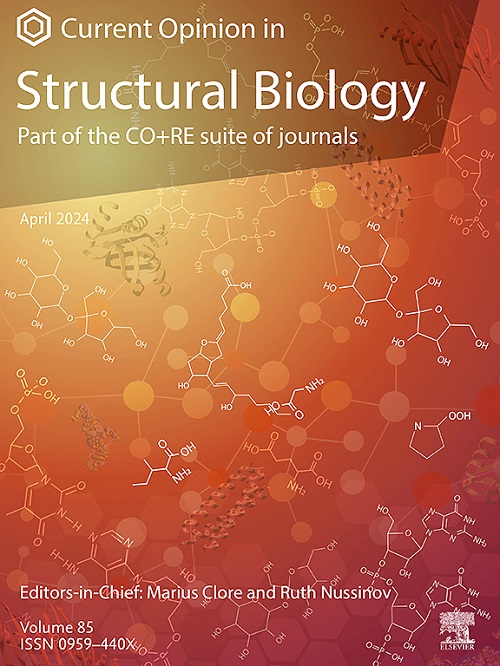人工智能在治疗性抗体设计中的应用:进展和未来展望
IF 6.1
2区 生物学
Q1 BIOCHEMISTRY & MOLECULAR BIOLOGY
引用次数: 0
摘要
自AlphaFold 2彻底改变蛋白质结构预测以来的几年里,人工智能技术在治疗性抗体开发(制药行业的一个关键领域)方面显示出了强大的实际应用潜力。这篇迷你综述提供了人工智能驱动方法的简明概述,旨在精确优化抗体特性,这对成功的治疗至关重要。特别是,基于蛋白质结构预测的抗体设计AI正在迅速发展,促进了对蛋白质热点的有效靶向,这在一些报道的案例中得到了证明。这些进步有望简化实验工作流程,减少对试错筛选的依赖,并能够有效地发现通过传统方法难以识别的新分子。此外,本文还探讨了旨在优化Fc功能、免疫原性和可发展性的新兴人工智能方法,为该领域的未来发展方向提供了见解。本文章由计算机程序翻译,如有差异,请以英文原文为准。
Artificial intelligence in therapeutic antibody design: Advances and future prospects
In the few years since AlphaFold 2 revolutionized protein structure prediction, AI technologies have demonstrated strong potential for practical application in therapeutic antibody development, a key area in the pharmaceutical industry. This mini-review provides a concise overview of AI-driven approaches designed to precisely optimize antibody properties critical for successful therapeutics. In particular, protein structure prediction-based antibody design AI is advancing rapidly, facilitating the effective targeting of protein hotspots, as demonstrated in a few reported cases. These advancements are expected to streamline experimental workflows, reduce reliance on trial-and-error screening, and enable the efficient discovery of novel molecules that would be challenging to identify through traditional methods. Additionally, this review explores emerging AI methodologies aimed at optimizing Fc function, immunogenicity, and developability, offering insights into future directions in the field.
求助全文
通过发布文献求助,成功后即可免费获取论文全文。
去求助
来源期刊

Current opinion in structural biology
生物-生化与分子生物学
CiteScore
12.20
自引率
2.90%
发文量
179
审稿时长
6-12 weeks
期刊介绍:
Current Opinion in Structural Biology (COSB) aims to stimulate scientifically grounded, interdisciplinary, multi-scale debate and exchange of ideas. It contains polished, concise and timely reviews and opinions, with particular emphasis on those articles published in the past two years. In addition to describing recent trends, the authors are encouraged to give their subjective opinion of the topics discussed.
In COSB, we help the reader by providing in a systematic manner:
1. The views of experts on current advances in their field in a clear and readable form.
2. Evaluations of the most interesting papers, annotated by experts, from the great wealth of original publications.
[...]
The subject of Structural Biology is divided into twelve themed sections, each of which is reviewed once a year. Each issue contains two sections, and the amount of space devoted to each section is related to its importance.
-Folding and Binding-
Nucleic acids and their protein complexes-
Macromolecular Machines-
Theory and Simulation-
Sequences and Topology-
New constructs and expression of proteins-
Membranes-
Engineering and Design-
Carbohydrate-protein interactions and glycosylation-
Biophysical and molecular biological methods-
Multi-protein assemblies in signalling-
Catalysis and Regulation
 求助内容:
求助内容: 应助结果提醒方式:
应助结果提醒方式:


